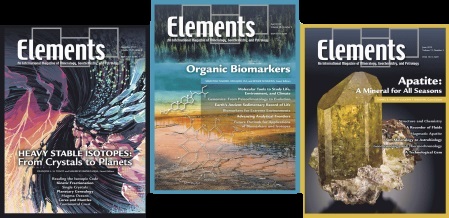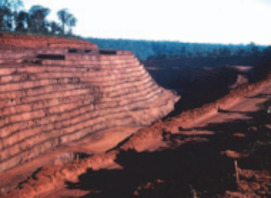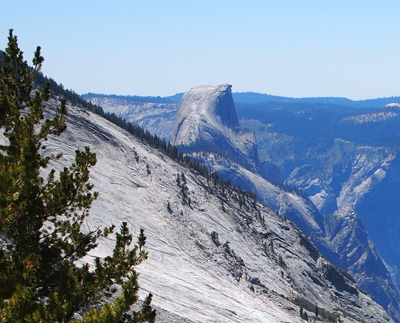The Paleoclimatic Signatures of Supergene Metal Deposits
Supergene metal deposits host a comprehensive record of climate-driven geochemical reactions that may span the entire Cenozoic. Products of these reactions can be dated by a variety of radiogenic isotopic methods, such as 40Ar/39Ar, (U–Th)/He, U–Pb, and U-series. The frequency of mineral precipitation, determined by dating a representative number of samples of a particular mineral collected from distinct parts of the supergene ore body, refl ects times in the geological past when weathering conditions were conducive to water–rock interaction. The frequency of mineral precipitation through time permits identifying periods in the geological past when climatic conditions were most conducive to chemical weathering and supergene ore genesis.
The Paleoclimatic Signatures of Supergene Metal Deposits Read More »



